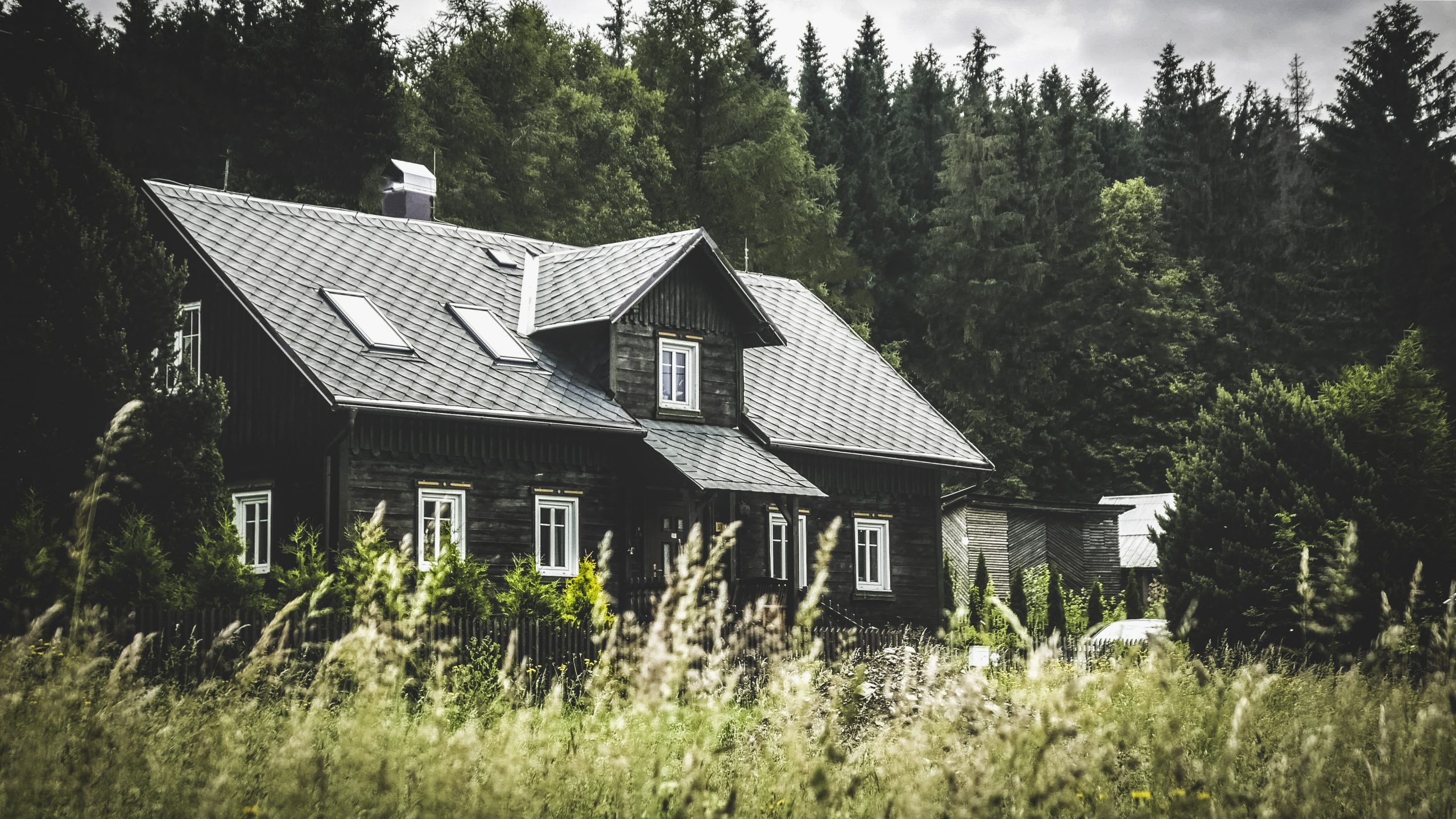Mold growth in an unfinished basement is extremely common, but that doesn’t mean we should ignore it. Far from it! We should make haste to remove it. Mold is never great for humans. Even mild types without mycotoxins can cause respiratory issues, especially in those with sensitive lungs or asthma. So, how do you remove mold from a damp basement? There are a lot of ways, so let’s take a look at some of them.
Find the Source
Before going through the effort to remove mold from a damp basement, you should first find the source. If you remove the mold and don’t attack the source, it will likely just grow back. Some of the most common sources for basement mold are:
Basement Wall Leaks
If your basement walls are surrounded by damp soil on the outside, the moisture or water from that soil can come in through the walls. Microscopic cracks are large enough for water to get through. This can lead to basement wall leaks. This is fixed with exterior basement waterproofing or damp proofing.
Condensation
If your basement walls are cold and the inside of the house is warm and humid, moisture from the air will cling to the cold walls like a cold glass of lemonade in summer. This moisture is much easier to solve by introducing a dehumidifier after killing the existing mold.
Rising Ground Water
Water rising up from the ground won’t be fixed with either of the previous solutions. Instead, you’ll need to consider a sump pump, which collects basement moisture and water. It then pumps the water away from the house through a drain.
Kill the Mold
Killing mold comes in many forms. Let’s take a brief look at the most popular solutions.
Bleach
While bleach is cheap and effective, it can only be used on surfaces it won’t damage. For an unfinished basement with cement or stone walls and floor, this shouldn’t be a problem. However, the room should be heavily ventilated. If you have no basement windows, or they’re very small, it’s recommended to use something else.
Bleach can be applied with a bleach sprayer. These are often used to kill mold on exterior house walls and can usually be bought at a hardware store.
Borax
By mixing 1 cup of borax with a gallon of water, you can spray it onto walls in the same manner as bleach. Once applied, you should scrub with a sponge or brush. This will clean off any mold and also deodorize the area. While borax doesn’t need to be cleaned off the walls when you’re done, we still recommend it.
Concrobium
Concrobium is slightly more expensive, but is non-toxic. This is an EPA-approved mold killing chemical. It can be used on things like plastic without damaging them, unlike bleach. Plus, once you’ve treated an area with concrobium, it will no longer grow mold in the future.
Hydrogen Peroxide
Hydrogen peroxide mixed with water can be sprayed on just like the other solutions. After sitting for ten minutes, it should be scrubbed with a brush. It’s non-toxic, but you may want to wipe walls down when you’re done to remove the killed mold.
White Vinegar or Grapefruit Seed Extract
White vinegar is a great household cleaner, and that doesn’t end with mold. Vinegar can be sprayed or poured on mold and then wiped off after 5 minutes. Because it’s non-toxic and doesn’t tend to damage things, it can also be used on many types of porous surfaces.
Any fabrics that have gotten mold on them can also be saved with vinegar. They can be washed in a washing machine with a cup of bleach instead of soap. Once you’ve checked they’re mold free, wash a second time with soap to remove the smell of vinegar. When they come out, they’ll be good as new.
Grapefruit Seed Extract
Grapefruit seed extract can be mixed with equal parts water, sprayed on, left for 5 minutes, and then wiped off. It also prevents future mold growth on the cleaned areas.
Tea Tree Oil
Finally, we’ve got tea tree oil. This is a natural fungicide and is very effective. Mix with water, shaking to mix well, then spray it onto effected areas and scrub away the mold.




